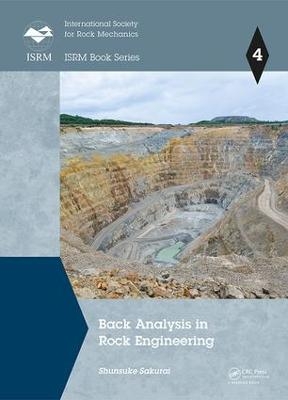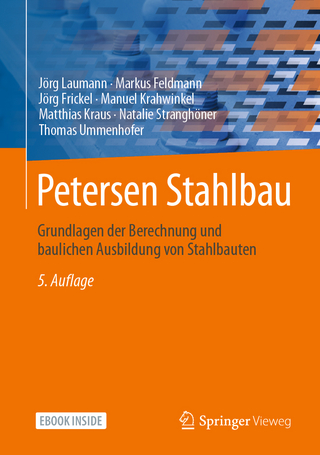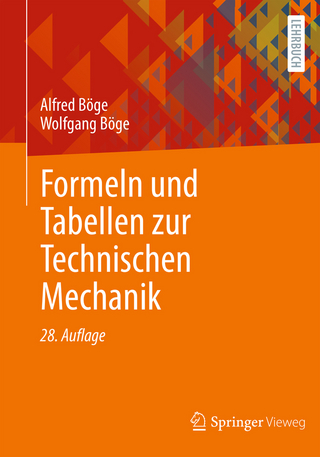
Back Analysis in Rock Engineering
CRC Press (Verlag)
978-1-138-02862-3 (ISBN)
The author has developed both the concepts of “critical strain” and of the “anisotropic parameter” of rocks, which can make it possible not only to assess the stability of the structures during their construction, but also to verify the validity of design parameters by the back analysis of field measurement results during the constructions. Based on the back analysis results, the design parameters used at a design stage could be modified if necessary. This procedure is called an “Observational method”, a concept that is entirely different from that of other structures such as bridges and buildings. It is noted that in general, technical books written for practicing engineers mainly focus on empirical approaches which are based on engineers’ experiences. In this book, however, no empirical approaches will be described, instead, all the approaches are based on simple rock mechanics theory. This book is the first to describe an observational method in rock engineering practice, which implies that the potential readers of this book must be practicing engineers working on rock engineering projects.
Prof. Sakurai studied Civil Engineering at Kobe University (B.E) and at Kyoto University (M.E), and finally at Michigan State University USA (Ph.D). He also received his Dr Eng. degree from Nagoya University, Japan. Prof. Sakurai worked at Kobe University as Professor of rock mechanics, and of structural mechanics, and then worked at the Hiroshima Institute of Technology as President. He is now Professor Emeritus of Kobe University, and also Professor Emeritus of Hiroshima Institute of Technology. Professionally, Prof. Sakurai has been involved in various types of Rock Mechanics projects (hydropower, nuclear power, pumped storage, compressed air energy storage schemes, highway and railway tunnels, slopes etc.) in Japan and abroad. His research interests have been connected to numerical analysis particularly back analysis and field measurements. The aim of these research activities is mainly concerned with building a bridge between theory and practice.
Introduction. Back Analysis and Forward Analysis. Modeling of Rock Masses in Back Analysis. Observational Method. Critical Strains of Rocks and Soils. Environmental Effects on Critical Strain of Rocks. General Approach for Assessing Tunnel Stability. Back Analyses Used in Tunnel Engineering Practice. Universal Back Analysis Method. Initial Stress of Rock Masses Determined by Boundary Element Method. Back Analysis for the Plastic Zone Occurring Around Underground Openings. Back Analysis Considering Anisotropy of Rocks. Laboratory Experiments. Constitutive Equation for the Use of Back Analyses. Cylindrical Specimen for the Determination of Material Properties. Applicability of Anisotropic Parameter for Back Analysis. Assessing the Stability of Slopes. Back Analysis of Slopes Based on the Anisotropic Parameter. Back Analysis Method for Predicting a Sliding Plane. Back Analysis of Landslides. Back Analysis for Determining the Strength Parameters. Application of Back Analysis for Assessing the Stability of Slopes. Monitoring of Slope Stability by Using GPS in Geotechnical Engineering.
| Erscheinungsdatum | 24.05.2016 |
|---|---|
| Reihe/Serie | ISRM Book Series |
| Verlagsort | London |
| Sprache | englisch |
| Maße | 174 x 246 mm |
| Gewicht | 566 g |
| Themenwelt | Technik ► Bauwesen |
| ISBN-10 | 1-138-02862-2 / 1138028622 |
| ISBN-13 | 978-1-138-02862-3 / 9781138028623 |
| Zustand | Neuware |
| Informationen gemäß Produktsicherheitsverordnung (GPSR) | |
| Haben Sie eine Frage zum Produkt? |
aus dem Bereich


